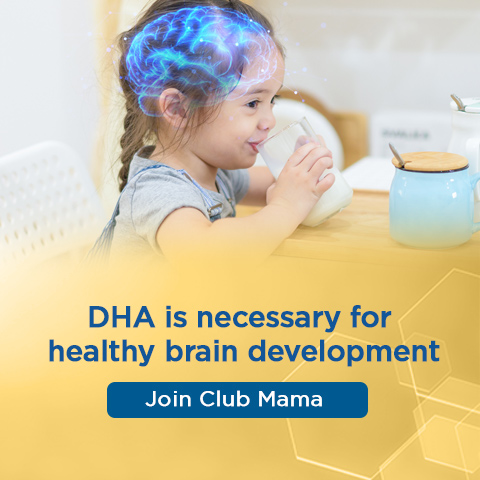In words, sometimes only you can understand, your child complains of ‘ouchy tummy’ from time to time. Most days, you can’t help but worry. However, don’t worry too much as tummy digestion issues are quite common, especially in children.
In this article
- How common are children’s digestive issues?
- Why do digestion issues happen?
- What is constipation and why is it a common digestion issue for kids?
- The real question: can milk really help improve their digestion?
- Is your kid’s poop telling you something?
- Is your kids’ poop consistency normal?
- How to naturally ease tummy issues at home?

How common are children’s digestive issues?
Did you know that 73% of Filipino moms find common digestive discomfort in their children to be worrisome and stressful? Moms are especially sensitive when their children are in pain. More so when your child can’t really tell you what’s wrong just yet.
Digestive health concerns are common for both infants and children. Studies show that 50% of healthy Filipino children are prone to experience recurrent abdominal pain.3 Unfortunately, sometimes when they have these digestion issues it can possibly derail their growth and their development.
According to research, depending on their age, digestion issues show themselves as:
- Age one to three: Diarrhea, colic, fussiness1,2
- Age three and above: Allergies, crying, gassiness / bloated feeling, lactose malabsorption1,2
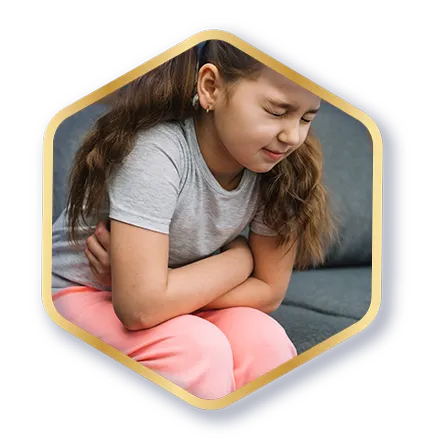
When is the right time to go to the doctor?
If your kid complains of the following symptoms, you might want to contact your pediatrician8.
- Your kid’s temperature won’t go down despite taking paracetamol or ibuprofen.
- They continuously cry because of unrelieved pain despite taking pain medications.
- Your kid looks paler than usual.
- Your kid’s hands and feet are unusually cold.
- There’s difficulty in waking them up more, or sometimes they feel drowsy more than usual.
- Your kid’s vomit has blood or green mucus on it.
Get digestion tips plus exciting rewards. Sign up on Club Mama now!

Why do digestion issues happen?
Trying to understand the causes of their digestion problem is the start to finding what the culprit is.
One of the first things you would want to investigate is their diet and their lifestyle.
Lactose intolerance
One of the causes could be your child doesn’t have enough enzymes they need to break down the lactose in their milk or other milk products. It’s important to note, though, that lactose intolerance is different from milk allergy. One of the signs that your child has lactose intolerance is constipation or diarrhea and gassiness that cause tummy pain.7
Because of their lactose intolerance, your kid’s tummy is unable to digest lactose, a type of sugar mainly found in milk and dairy products. It is essential to choose a milk formula that’s gentle on their tummy.
Enfagrow Gentlease 3+ is made with smaller** protein molecules that are more suitable for children who have tummy issues. These proteins are called PHP (Partially Hydrolyzed Proteins). PHP has undergone a special process that breaks it down into smaller pieces for easy digestion*.

Anxiety
Sometimes digestive issues can also root in anxiety. It is best to ask yourself: are there new changes in your lifestyle? Sometimes even the slightest changes in routine like getting a new baby sibling or moving to a different house can create tummy issues. Anxiety-related tummy pain can develop also when they are worried about using the toilet in school (which sometimes leads to constipation). If this happens, give your kids the assurance that going to the potty alone is normal.
Get more digestion tips for your kids. Be part of Club Mama now!

What is constipation and why is it a common digestion issue for kids?
Constipation is more common in children than babies,5 more so when they’re toilet training. However, sometimes, constipation is a result of not having high-fiber foods in their diet as well as not drinking enough fluids.
Constipation is not defined by how often they poop. Symptoms such as straining, pain, leakage, and withholding going to the bathroom are also things to be considered.
Unlike breastfed babies who poop as often as they’re breastfed, kids who are now starting a different diet means their toilet habits will go on a lot of different changes as well — shown through the color and consistency of their poop.
The number of times they visit the toilet is the same number as adults do. It can be as much as thrice a day or as little as thrice a week. It varies. What’s normal for a kid is different from another.
How to ease your kid’s constipation?
Is your kid potty training? If they are, you can encourage them to visit the toilet when they’re more relaxed. Potty training is a big step for kids and for parents, too. The secret to successful training is timing and patience.
You can introduce adding more fiber-rich food to their diet. This can be in the form of fruits, veggies, and whole grains to keep their bowel movements regular.
Want more articles, tips, and guides? Be part of Club Mama now!
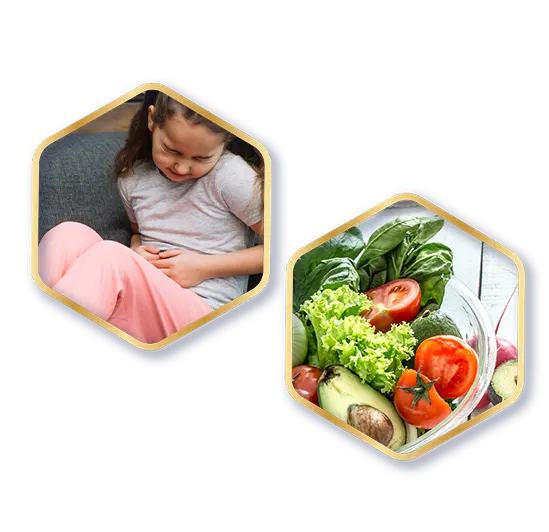

The real question: Can milk really help improve their digestion?
Choosing the right milk formula is important for your child’s optimum growth and development.
It might be time to explore milk that is scientifically formulated for their developing tummies. These are kinds of milk that are made with PHP (Partially Hydrolyzed Proteins) that are easier to digest and have fewer allergens in comparison to cow’s milk.
What’s PHP? Partially Hydrolyzed Protein is a kind of protein that goes through a special process that breaks down proteins into smaller** pieces; to make sure it’s more gentle for your child’s developing tummies.
Try Enfagrow Gentlease 3+. Easy on Digestion*, Big on Brain*. Enfagrow Gentlease 3+ is made up of Partially Hydrolyzed Proteins (PHP) and has reduced lactose for easy digestion* for your child’s developing tummy
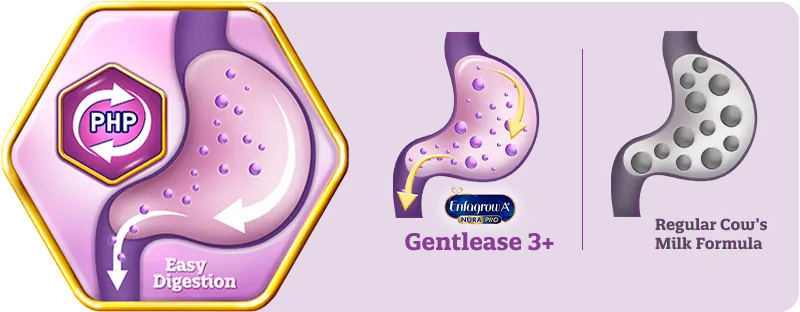
Learn more about children’s digestion. Be part of Club Mama now!

Is your kid’s poop telling you something?
If you’ve noticed that there are changes in color or consistency in their poop, here’s a guide to help you check if it’s normal or if it’s a sign of tummy issues.6
1. Check the color
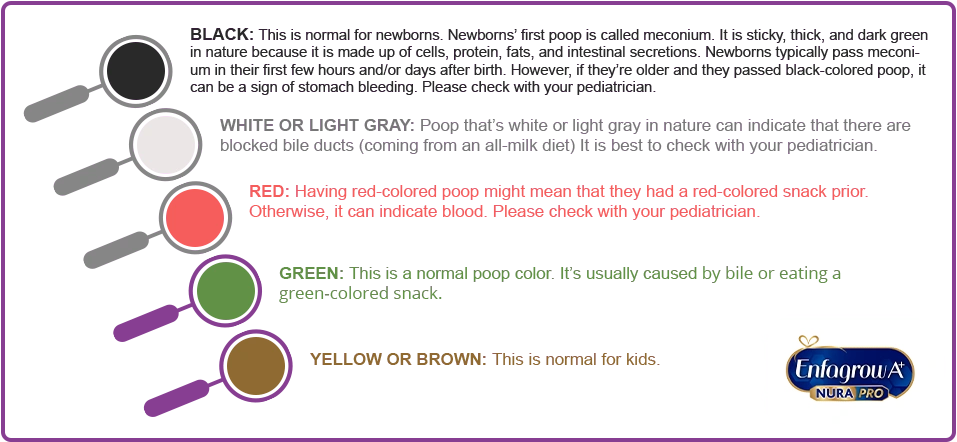
- Black: This is normal for newborns. Newborns’ first poop is called meconium. It is sticky, thick, and dark green in nature because it is made up of cells, protein, fats, and intestinal secretions. Newborns typically pass meconium in their first few hours and/or days after birth. However, if they’re older and they pass black-colored poop, it can be a sign of stomach bleeding. Please check with your pediatrician.
- WHITE OR LIGHT GRAY: A poop that’s white or light gray in nature can indicate that there are blocked bile ducts (coming from an all-milk diet) It is best to check with your pediatrician.
- RED: Having red-colored poop might mean that they had a red-colored snack prior. Otherwise, it can indicate blood. Please check with your pediatrician.
- GREEN: This is a normal poop color. It’s usually caused by bile or eating vegetables or a green-colored snack.
- YELLOW OR BROWN: This is normal for kids.
2. Check the consistency
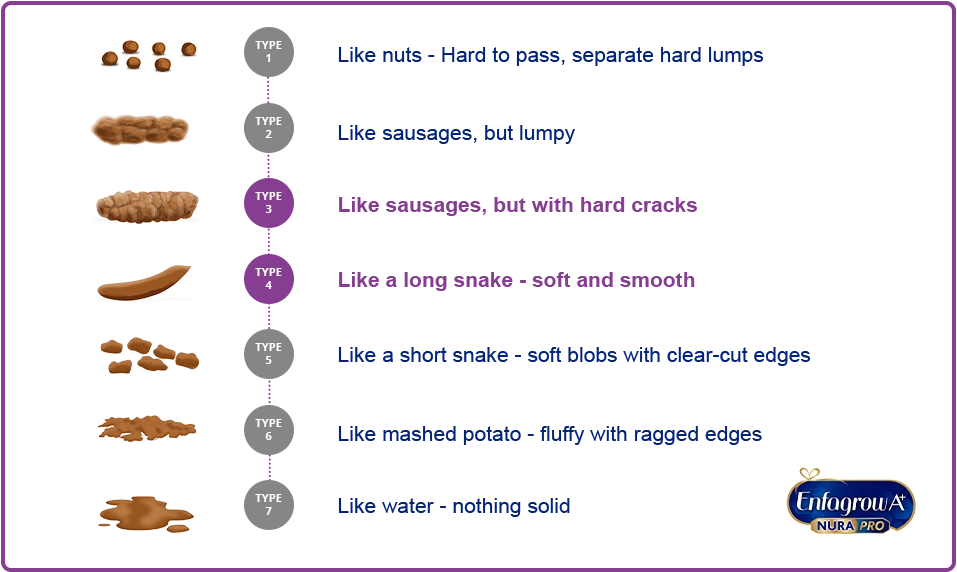
- TYPE 1: Like nuts - Hard to pass, separate hard lumps
- TYPE 2: Like sausages, but lumpy
- TYPE 3: Like sausages, but with hard cracks
- TYPE 4: Like a long snake - soft and smooth
- TYPE 5: Like a short snake - soft blobs with clear-cut edges
- TYPE 6: Like mashed potato - fluffy with ragged edges
- TYPE 7: Like water - nothing solid
What should poop look like?
Ideally, a child’s poop should look like either Type 3 or Type 4. Poop should pass easily without being too watery. A poop that looks like Type 5, 6, or 7 might indicate diarrhea. While poop that looks like Type 1 or 2 might indicate constipation.
As your kid’s food moves through the large intestine, their colon absorbs water while forming the poop. Then their muscle contractions push the poop towards their rectum.
If your child is dehydrated, water will be taken from the colon to deliver water to the vital organs - making poop harder to pass.
It’s really important to remind your kids to drink plenty of water, especially when they’re moving more and more in a day. If it’s becoming difficult to make them drink water or keep them hydrated, you can introduce playful water bottles and jugs too.
Learn more about children’s digestion plus get exciting rewards. Be part of Club Mama now!

How to naturally ease tummy issues at home?
As parents, it really pains us to see our children in pain. If they’re crying because of their discomfort, here are some easy hacks on how to help ease their gas or tummy pain.

Hack 1: Tummy massage
A gentle tummy massage using child-friendly massage oil or lotion can help ease gas, soothe the belly, and aid digestion.
All you have to do is to follow the ‘I LOVE YOU’ tummy massage method.4
- I - Start with your child’s right side, under their waist, and massage downwards in the shape of the letter ‘I’. It should be gentle but firm, going from top to bottom. Repeat 5 to 10 times in an even rhythm.
- LOVE - On your child’s right side under their waist, massage a backward L from bottom to top, then across their tummy. Repeat 4 to 10 times in an even rhythm.
- YOU - Trace an upside-down U from your child’s right side across the abdomen, down to the left side. The U motion can be made repeatedly in several long strokes using one hand, or in repeated small strokes using both hands. Repeat 5 to 10 times.
The entire I LOVE YOU massage should take only ten to fifteen minutes.
Hack 2: Keep them calm during meal times
Playing while eating can lead to a mouthful of air when chewing which then creates excess gas. Try to avoid letting them use gadgets while at the table. Let them concentrate on chewing and eating properly without disturbance.
Hack 3: Keep a food diary for them
Listing down what they ate can help you identify what causes their tummy issues. This might help you see certain patterns, and thereby, easier to eliminate food that causes problems.
Hack 4: Keep serving sizes moderate
When your child overeats, it might be difficult for their tummy to digest it. Closely monitor their food intake and how often they eat.
Hack 5: Fiber, fiber, fiber
Add more fiber and water to their diet. Adding fiber can help pass poop easier. Cereals and mangoes are rich in fiber — you might want to try adding it to their diet!
Hack 6: Don’t lose the nutrients by choosing the right milk
If you had to remove certain food in their diet because it's making their indigestion worse, explore compensating for lost nutrients with milk that is easy on digestion*, like Enfagrow Gentlease 3+.
Enfagrow Gentlease 3+ is big on the brain and easy on digestion*. It is made of PHP (Partially Hydrolyzed Proteins) which are proteins that are smaller** than usual as they went through a special process, thus making it easier for their developing tummies to digest.
Exciting rewards await you. Be part of Club Mama now!

Summary
As our kids are growing, they really need our guidance when it comes to their nutrition. They need a healthy digestive system for them to thrive and to grow into the healthy responsible adults we want them to be. Poor eating habits can cause problems in your kid’s digestive system. These can be solved by focusing on their tummy health by looking at their diet and their lifestyle.
When their digestive system is healthy, it means that the nutrients from the food they eat are optimally absorbed. Sometimes adding healthy activities to your everyday routine means a lot already. Remember to add high-fiber foods like fruits, vegetables, and whole grains to their diet to make pooping easier for them. However, in some cases, you might have to cut down on some allergenic foods, do not forget to compensate by choosing the right milk formula for your kids.
Enfagrow Gentlease 3+ has all the right nutrients for their developing tummies. It is made up of Partially Hydrolyzed Proteins and has reduced lactose for easy digestion* for your child’s growing tummy. It also has MFGM* and DHA* to help support your child’s brain and cognitive development together with proper nutrition and stimulation.
*with proper stimulation and nutrition
**vs. regular cow’s milk
References:
- IMF Patient Pathway March 2022 (consumer research, sample size of 670 moms with children under S1-S4 and includes 90 users of GI PHF formula)
- Quantitative online digestive concerns survey. Moms with babies from 0-12 months. Intuit Research Agency. July 2019. Scope: MX, PH, TH, US, CN. N=200 per market.
- Sio-Aguilar J. MD et.al. Lactose Malabsorption Among Healthy Filipino Children. The Philippine Journal of Pediatrics, Vol 51. No 4 October-December 2002.
- Abdominal Massage, available at https://www.childrensmn.org/educationmaterials/childrensmn/article/16346/abdominal-massage-/ Accessed on 26 August 2022
- Constipation in Children – NHS, available at https://www.nhs.uk/conditions/baby/health/constipation-in-children/ Accessed on 26 August 2022
- Poo in children a simple guide for parents to normal and abnormal poo patterns in kids, available at https://www.kidsgastrocare.co.uk/poo-in-children-a-simple-guide-for-parents-to-normal-and-abnormal-poo-patterns-in-kids Accessed on 26 August 2022
- Lactose Intolerance in Children, available at https://www.urmc.rochester.edu/encyclopedia/content.aspx?contenttypeid=90&contentid=p02003#:~:text=If%20your%20 child%20is%20 lactose,from%20cow's%20milk%20protein%20intolerance Accessed on 26 August 2022
- Stomachache in children: How to know if it's serious, available at https://www.mayoclinichealthsystem.org/hometown-health/speaking-of-health/stomachache-in-children-how-to-know-if-its-serious Accessed on 26 August 2022
ASC Ref Codes: M041P111022ES, M042P111022ES, M043P111022ES, M044P111022ES, M054P112122ES, M135P112422ES, M047P111022ES, M048P111022ES, M046P111022ES, M136P112422ES, M041P111122ES, M137P112422ES, M042P111122ES, M043P111122ES , M044P111122ES, M045P111122ES, M048P111122ES, M139P112422ES, M035P111522ES, M037P111522ES,M138P112422ES, M032P111522ES, M033P111522ES,M034P111522ES , M132P112422ES, M133P112422ES, M134P112422ES

